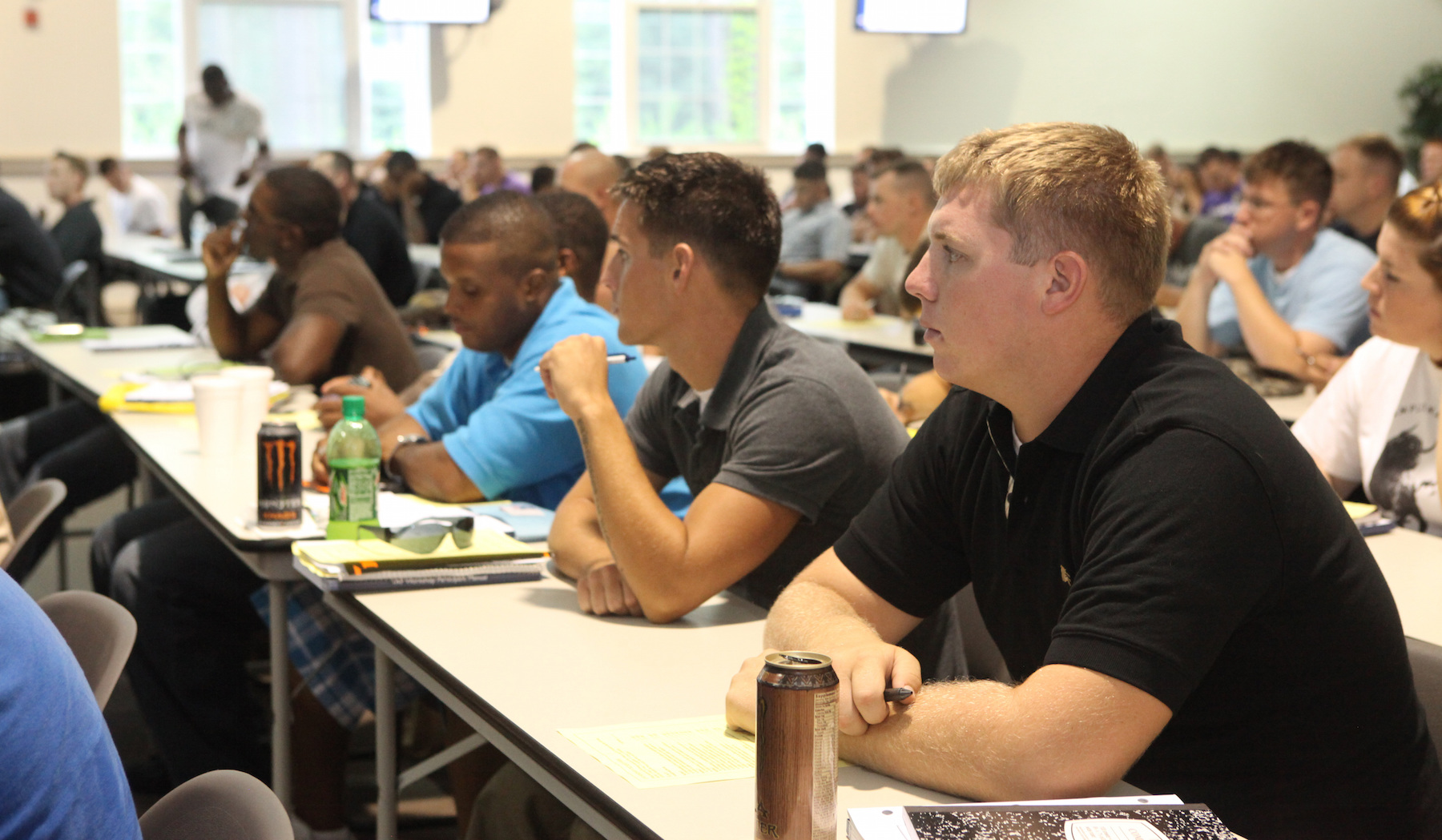

It can be difficult for service members to reenter civilian life after their time in the military. For certain military members, who the Department of Defense deem as “at risk,” the military links them with other government agencies that can provide additional help, such as the departments of Labor and Veteran Affairs. The military calls it a “warm handover.” But data from the last two years shows that around 10% of troops transitioning to civilian life who were deemed at risk didn’t get the assistance the military is supposed to provide.
That’s according to a new report from the Government Accountability Office, released this past week. The GAO found that the Transition Assistance Program often does provide contact information to exiting troops, but does not guarantee that the service members actually connect with them, let alone get the support they need.
The report, ‘Service Members Transitioning to Civilian Life: Agencies Can Improve Warm Handovers for Additional Assistance,’ looks at cases from April 2021 to March 2023. It found that while the Department of Defense conducted a warm handover for at least 41,000 service members, another 4,300 didn’t get the assistance those handovers are supposed to provide.
Subscribe to Task & Purpose Today. Get the latest military news and culture in your inbox daily.
That puts these future veterans in a difficult position. Leaving the military means a loss of housing, healthcare and often work. In the two-year window the GAO looked at, 267,745 service members separated from the military. 15% of them were deemed at risk.
“According to DOD’s policy, service members who do not meet all applicable career readiness standards (such as developing a financial plan or completing an individual transition plan) are to receive a warm handover,” the report says. “The military is also to provide warm handovers to those who did not receive an honorable discharge, do not have a post-transition housing or transportation plan, identify as needing peer support, or are likely to face major readjustment, health care, employment, or other challenges associated with the transition to civilian life.”
Additionally, the GAO found that the military has not actually assessed if the warm handovers are effective or not. Transition Assistance Program counselors told the GAO that although they think these efforts can help, they lack any information to study how much they are helping, and how counselors can improve for the future.
The GAO report lays out some recommendations for the military to address this. Many are procedural, outlining a need for updated contact information for supportive agencies and developing a system to better verify when at-risk service members do connect with agencies via a warm handover. Additionally it calls for better communication with the VA and Department of Labor to both guarantee exiting troops do connect, and that there is more data for verification.
The latest on Task & Purpose
- Navy fires captain of USS Ohio guided missile submarine
- Army major honors fallen soldiers with Native eagle feathers in hair
- Marines fire 2 commanders at School of Infantry-West
- Marines may revamp pistol training to require more lethal shots
- Admiral McRaven, who oversaw bin Laden raid, gets $50 million from Jeff Bezos